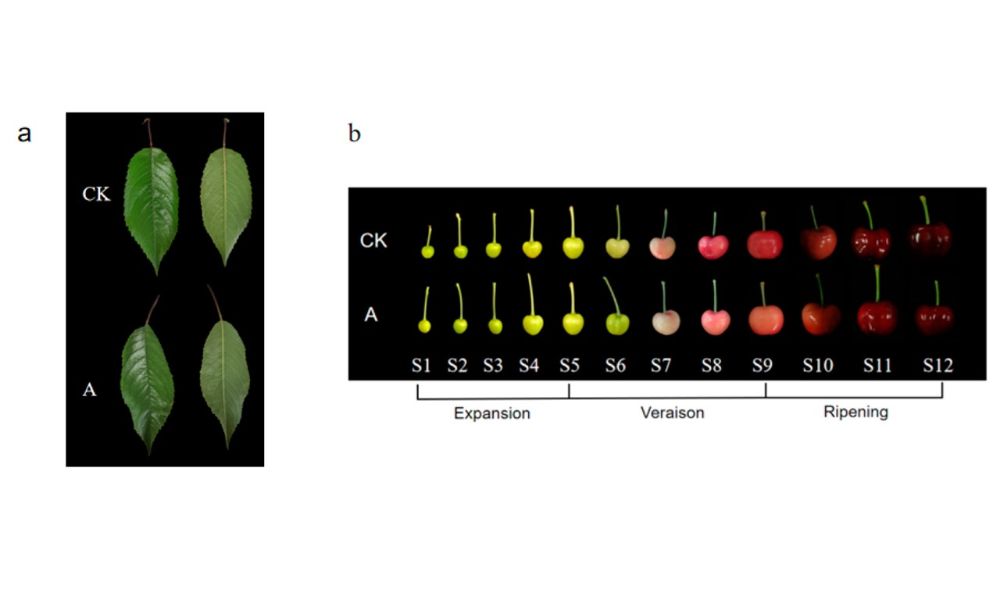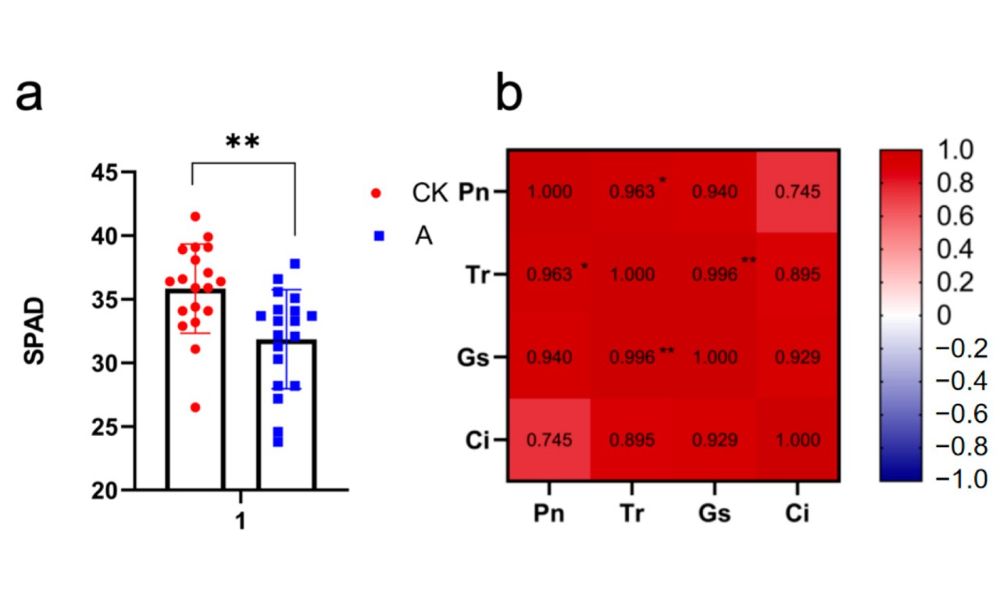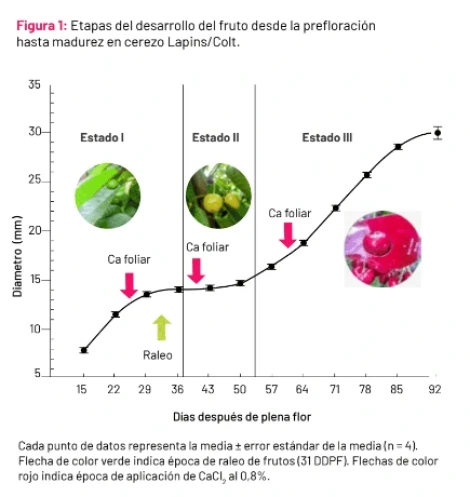Fruit quality plays a crucial role in determining commercial value. Although at the moment the majority of the indices that contribute to price formation are based on external quality, the idea of remunerating the fruit grower based on the internal quality of the fruit is beginning to spread.
This is because the nutritional quality of the fruit is directly related to field management. In fact, cherry trees need light for growth and production. Continued apex growth, season after season, leads to canopy closure, resulting in an inability to use space and light energy efficiently.
Low light can therefore be considered one of the possible limiting factors for high-quality cherry production. Thanks to recent research, we are beginning to understand how changes in plant physiological responses to unfavorable conditions are ultimately attributable to molecular changes.
In recent years, in fact, research on the physiological response of plants to adversity is increasingly shifting toward the study of microscopic mechanisms of plant physiological adaptation. Transcriptomic techniques are currently being used to study adaptive regulatory mechanisms in plants when subjected to different types of stresses, especially abiotic stresses (high temperatures, drought, etc...).
It has been shown in other crops how differentially expressed genes are typically involved in assimilation processes such as photosynthesis, indicating complex mechanisms of regulation and interaction between weather conditions and physiological responses.
The scientific research we present today was conducted in Sichuan Province (China). 'Hongdeng' cherry plants were subjected to 30% shading, while other plants were kept in full light and used as controls. Photosynthetic characteristics, physiology and biochemistry of the fruits were analyzed, as well as fruit transcriptome.
The results showed that light reduction significantly reduces the light-capturing capacity of leaves, damages photosystems, reduces carbon assimilation capacity and converts most of the captured light energy into photochemical energy, thus limiting leaf growth and development and nutrient accumulation in fruits. Figure 1. (a) Leaf phenotype map. (b) Phenotypic diagram of sweet cherry fruits during development. (CK indicates no shading (Control) and A indicates 30% Shading, as below). S1: means 5 days after flowering, S2: 9, S3: 13, S4: 17, S5: 21, S6: 25, S7: 29, S8: 33, S9: 37, S10: 41, S11: 45, S12: 49. Source: Tang et al., 2023.
Figure 1. (a) Leaf phenotype map. (b) Phenotypic diagram of sweet cherry fruits during development. (CK indicates no shading (Control) and A indicates 30% Shading, as below). S1: means 5 days after flowering, S2: 9, S3: 13, S4: 17, S5: 21, S6: 25, S7: 29, S8: 33, S9: 37, S10: 41, S11: 45, S12: 49. Source: Tang et al., 2023.
By directly affecting leaf growth and development, shading thus significantly decreased the quality of cherry fruits and the accumulation of nutrients within them.
At maturity, reduced fruit weight, sugar and vitamin C content were found, while a substantial increase in organic acid content was evaluated.
 Figure 2. (a) Leaf SPAD values. (b) Correlation coefficients between gas exchange parameters. * indicates significant correlation at the 0.05 level and ** indicates highly significant correlation at the 0.01 level. Vertical bars indicate the standard deviation of the mean. Source: Tang et al., 2023.
Figure 2. (a) Leaf SPAD values. (b) Correlation coefficients between gas exchange parameters. * indicates significant correlation at the 0.05 level and ** indicates highly significant correlation at the 0.01 level. Vertical bars indicate the standard deviation of the mean. Source: Tang et al., 2023.
Transcriptomic data revealed that low light stress induces a large number of differential genes involved in carbon metabolism, organic acid metabolism, and stress resistance, indicating that shade stress can affect the expression of these genes and the presence of the corresponding molecules in the fruit.
This study showed that the physiological quality of fruit is altered when 30% shading is applied. For this reason, researchers from the Sichuan College of Horticulture recommend moderate shading (less than 30 percent shade rate) for the production of higher quality cherries.
Source: Tang et al, "Effect of Low-Light Stress on Sugar and Acid Accumulation during Fruit Development and Ripening of Sweet Cherry", Horticulturae, 9(6), 654, 2023
Melissa Venturi
Università di Bologna (IT)
Cherry Times - All rights reserved












